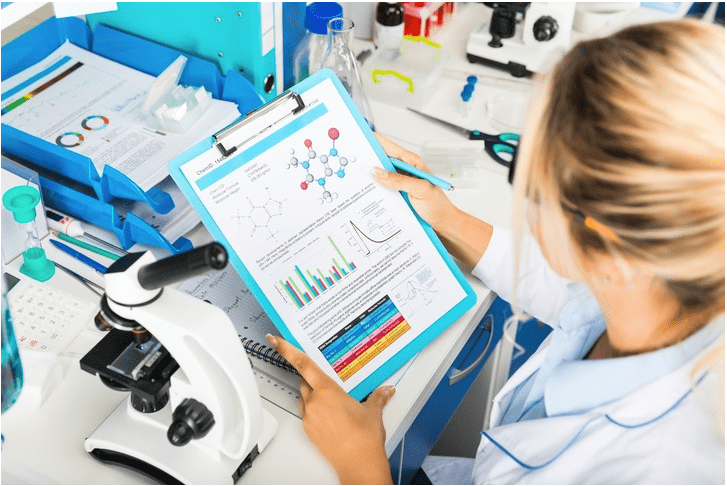Pharmaceutical validation is important to the manufacturing process to ensure product consistency and safety. It involves regulation of all raw materials and production procedures as well as testing of final product. The general rule of thumb is to follow good manufacturing practice (GMP). This demands that all protocols be up to date and followed by trained personnel. It also requires that equipment be well-maintained and inspected. In the case of clean-room usage the clean room needs to be verified.
Pharmaceutical validation can be divided into three main phases:
-
pre-validation qualification
-
process validation
-
validation maintenance
Pre-validation qualification phase of pharmaceutical validations
The pre-validation phase occurs during research and development. This is the planning phase where all potential parts of the manufacturing process must be considered. This includes pilot studies, small-batches, and scale-up studies. During this time, attention must be paid to the details of the process including the establishment of material handling protocols, storage procedures for raw ingredients and finished product, equipment verification and installation, and packaging and distribution of final product. Investing time and energy into this initial planning phase can pay off later in the manufacturing process.
Process validation phase of pharmaceutical validation
Process validation is done throughout the manufacturing process. The ultimate goal is to ensure that all products are up to code. This ensures a high quality consistent product and decreases the chance of mistakes or recalls. The main idea is to only allow trained personnel to manufacture product by following standard operating procedures (SOPs). All materials are handled as similarly as possible from the transportation and storage phase to the manufacturing phase, all the way through to the packaging and distribution.

Validation maintenance phase of pharmaceutical validation
The maintenance phase of pharmaceutical validation occurs when the manufacturing process has been up and running smoothly and consistently for some time. The current SOPs are producing consistent product and there are no known problems with the process, but it is not time to just relax and let things ride. In this final phase it is important to regularly review SOPs and document any changes to the process. There are audits to be done and audit reports to file. Regular inspections and process oversight are useful as well as additional refresher training for employees to ensure that they continue to closely adhere to written protocols.
Any regulatory system involving documentation, inspections, training modules, and protocol updates seems to be mundane and bothersome after a while, but it is extremely important to do. Pharmaceutical validations are particularly important because the chemicals used to create pharmaceutical products are extremely sensitive to environmental conditions. It is tiny details like storage and packaging that can make all the difference in the safety of the final product for therapeutic use.
ICH Guidelines for pharmaceutical validationss
The International Council for Harmonization of Technical Requirements for Pharmaceuticals for Human Use (ICH) was founded in 1990 by the regulatory bodies of Japan (MHLW), the European Union (EMA), and the United States (FDA). This international effort has standardized the protocols for pharmaceutical validation so that drugs developed, manufactured, approved, and registered in one member country can be fast-tracked to approval and distribution in another member country. The guidelines address rigorous testing protocols for new drug molecules including stress testing, packaging systems, storage conditions, labeling, and shelf life. These guidelines speed up the drug development process and get life-saving drugs to consumers quickly and safely.
Types of validation
There are different types of validation used based on the circumstances of the product or process that needs to be distributed. A premarket validation is done when a new product is being reviewed, this is called “prospective validation.” This validation is often done for a product that will be scaled from its initial stages to manufacturing. Evidence will be gathered to ensure that the product and protocols work properly and consistently before approval of the product. For products already available, there is a retrospective validation. This is used for processes that have already been established, data that has already been generated can be used for the validation process. Concurrent validation occurs for a facility goes through its normal processes while the validation process investigates. To maintain validation, a revalidation can be done. There are strict rules for validation that ensure that manufacturers and laboratories adhere to cleanly and reproducible protocols.
Related news
- Industrial uses of enzymes
- Enzyme immobilization onto a magnetic bead solid support
- The industrial centrifuge




